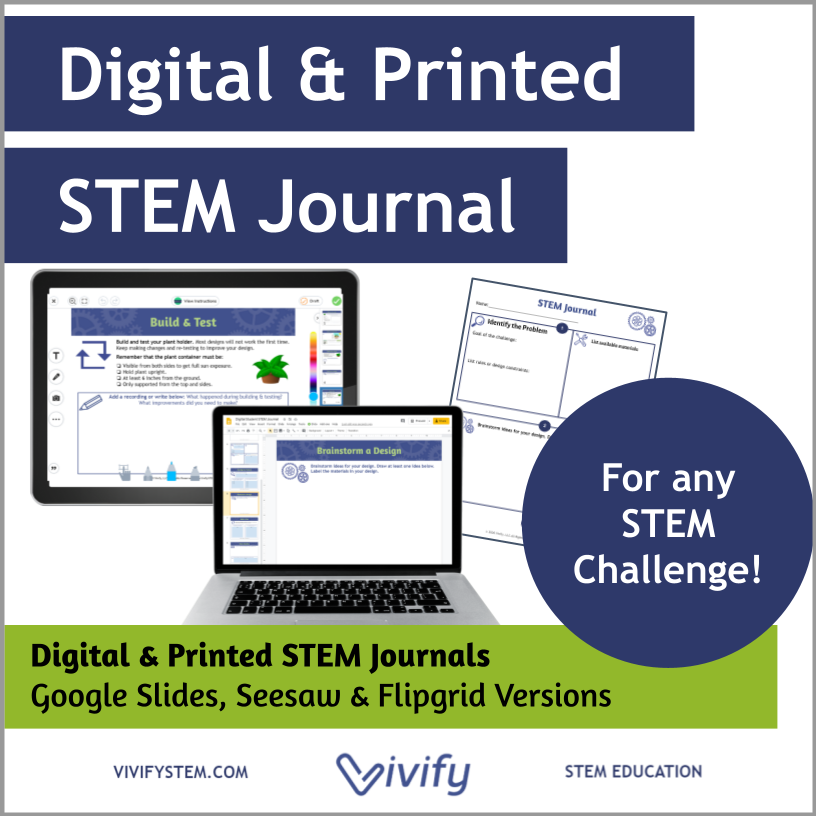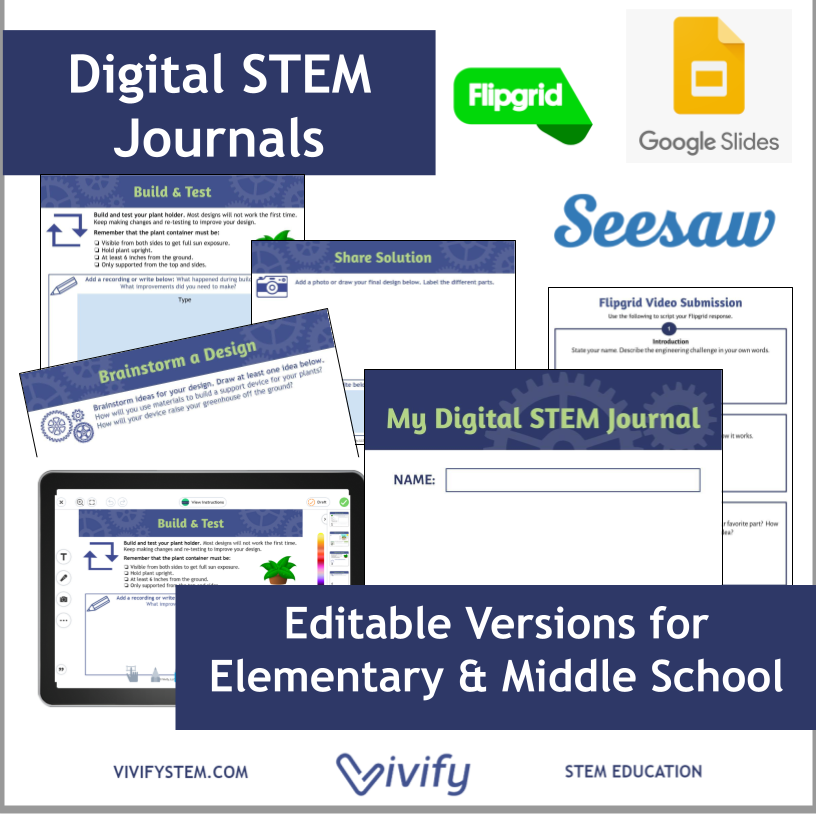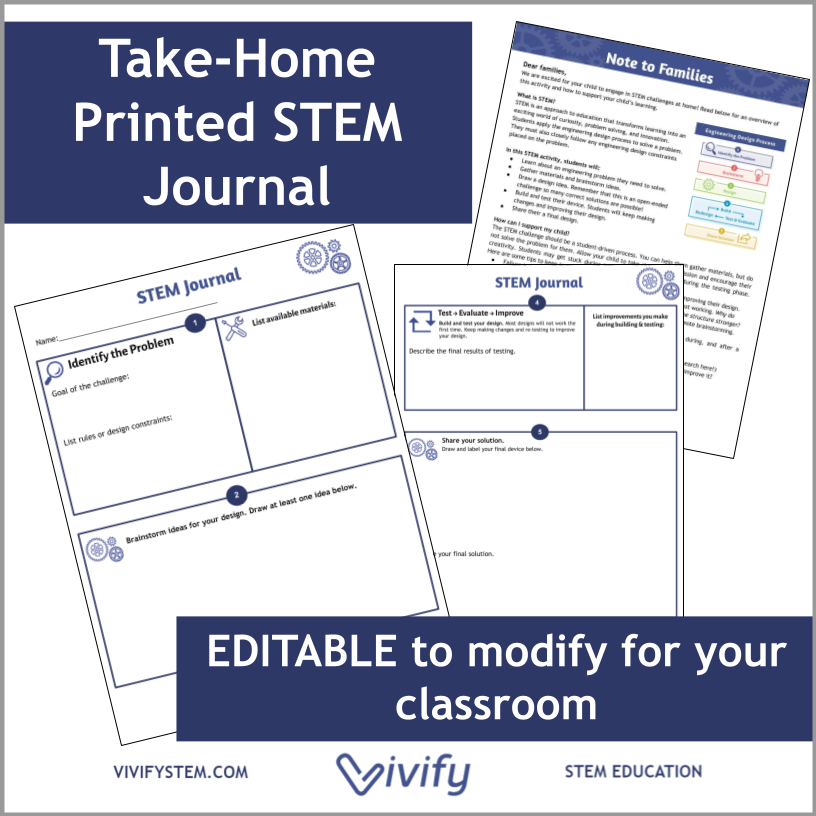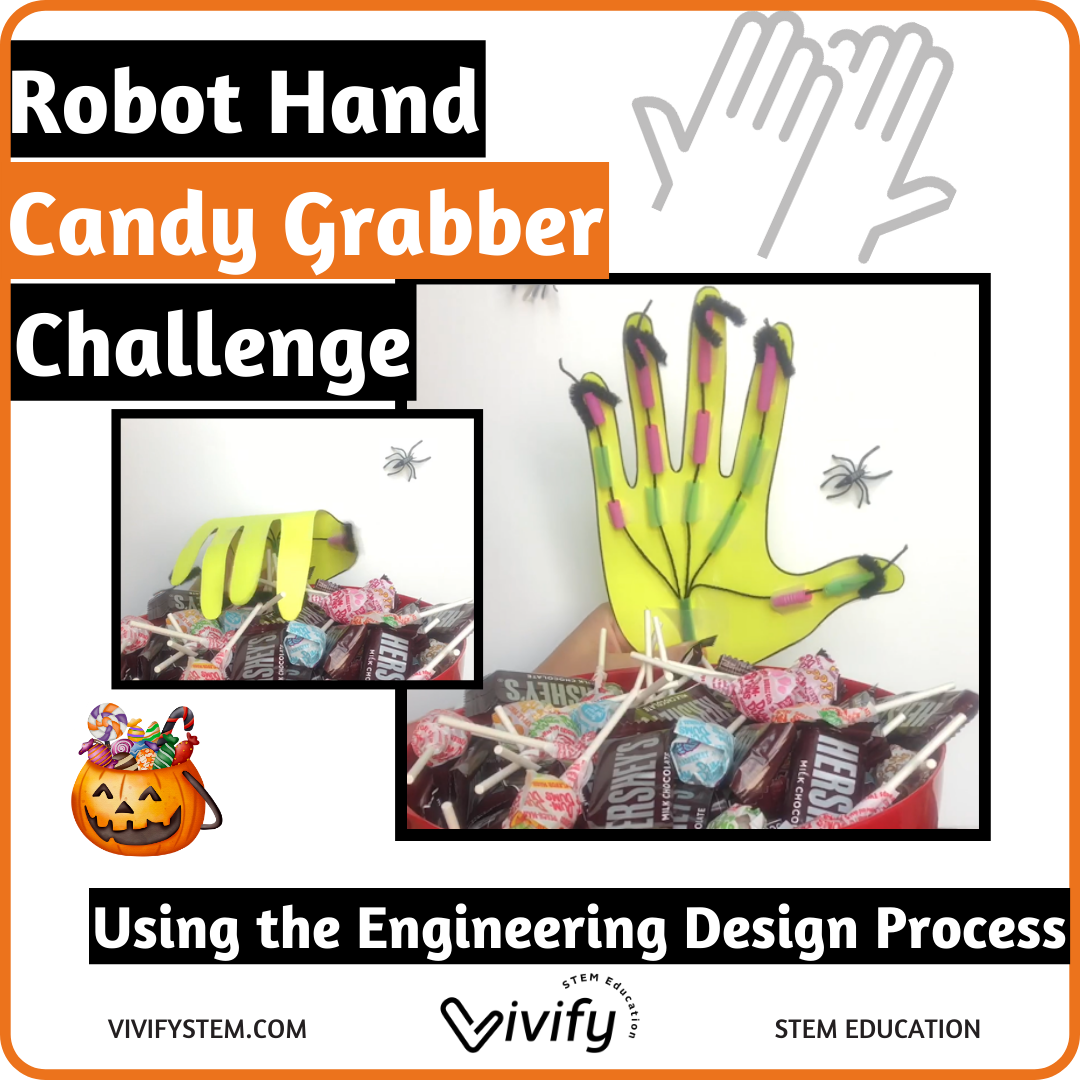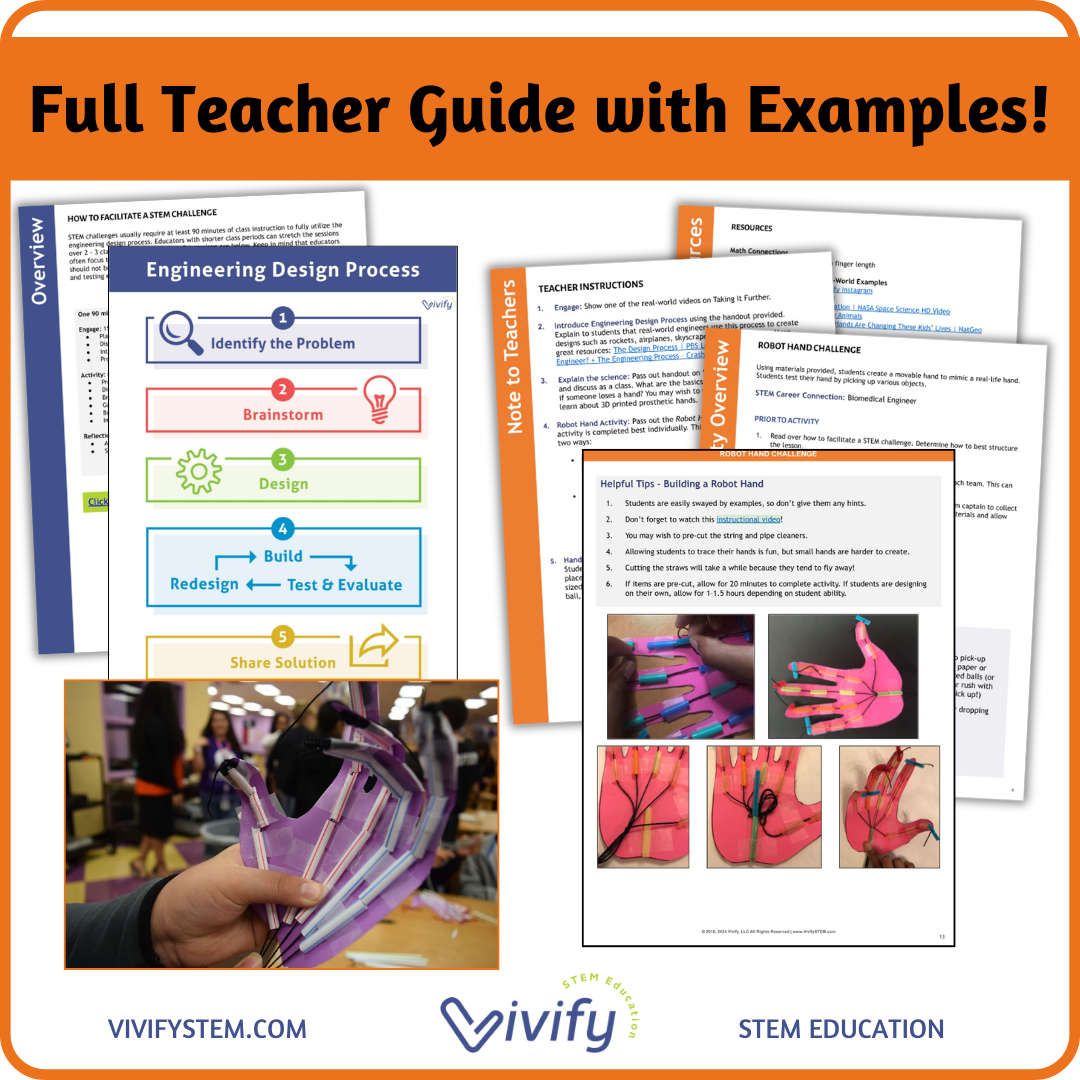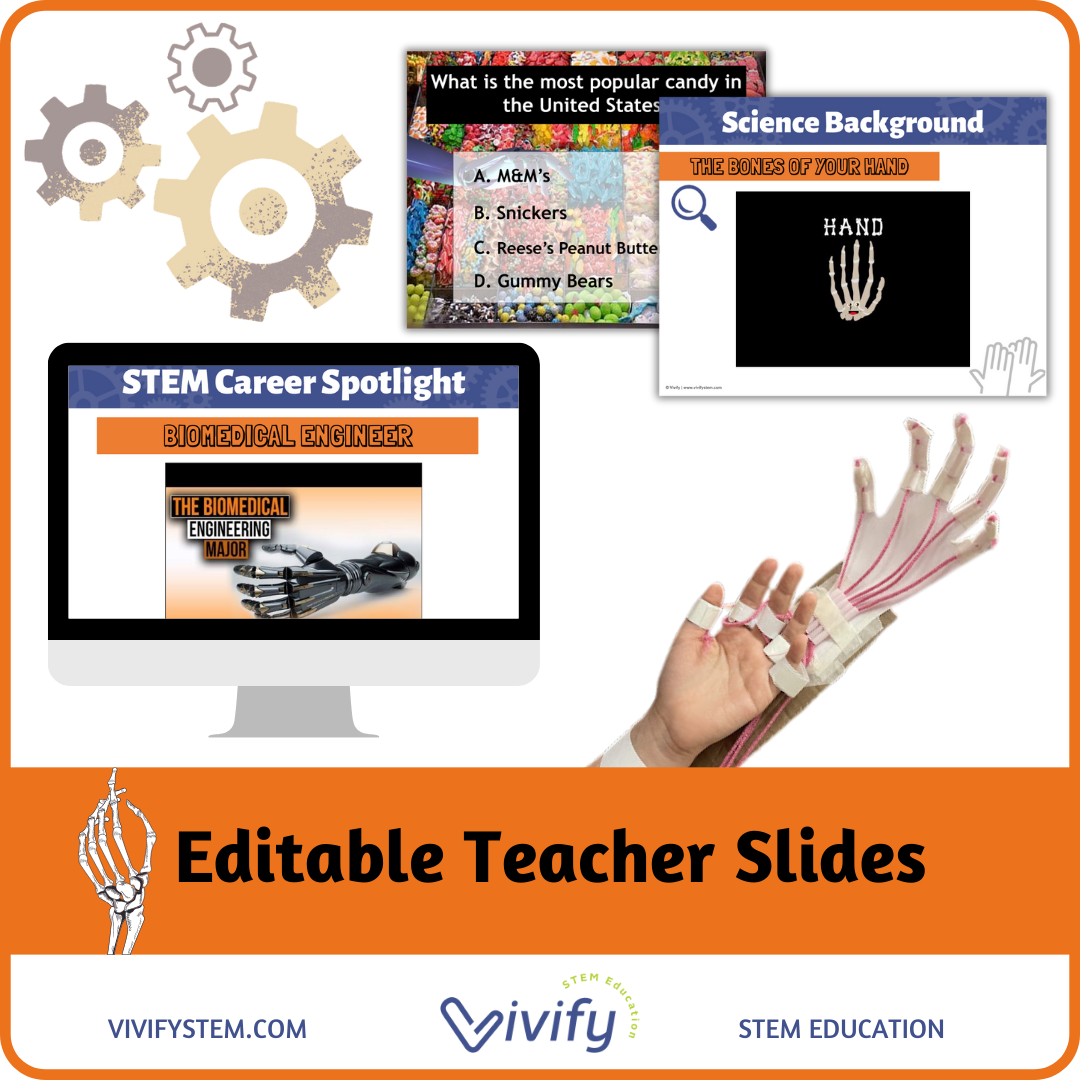Winter Solstice STEM Challenge + Light Reflection Activity
The winter solstice is coming, and it will be dark for most of the day! In the event of a power outage, your engineering team must climb a hill on foot to repair the problem.
Grades: 3rd - 6th
Teaching Duration: 3 days
The winter solstice is coming, and it will be dark for most of the day! In the event of a power outage, your engineering team must climb a hill on foot to repair the problem.
Grades: 3rd - 6th
Teaching Duration: 3 days
The winter solstice is coming, and it will be dark for most of the day! In the event of a power outage, your engineering team must climb a hill on foot to repair the problem.
Grades: 3rd - 6th
Teaching Duration: 3 days
lesson overview
STEM Challenge for the Winter Solstice + Light Reflection Activity
Learn about the winter solstice with a science lesson and engineering challenge. Students will first learn about the winter solstice. Then students will explore how light reflects and refracts and how materials can be transparent, translucent, or opaque. Teams will then use the engineering design process to build a lantern to expand the light cast by a flashlight.
Your Mission: The winter solstice is coming, and it will be dark for most of the day! In the event of a power outage, your engineering team must climb a hill on foot to repair the problem. You only have one flashlight but are in charge of guiding you and your engineering team to the top of the hill safely. Your mission is to use the engineering design process to design and build a device to spread the light of one flashlight to illuminate the path for your team.
Real-world STEM Connection:
Winter Solstice Background
Reflection & Refraction
Transparent, Translucent, Opaque Materials
Career Connection: Mechanical Engineering + Optical Engineer
As with many STEM activities, this challenge can be tailored to students of various skill levels and abilities. Included in this product:
A detailed teacher guide with links to resources
Photos and videos of student examples
Editable teacher slides
Student handouts to guide them through the design process
Videos to motivate and support learning
Editable Google Slides STEM journal for distance learning
STEM Career Connections and real-world examples
Science handouts
Student recording sheet for each step of the process
Suggested Materials: Many different materials can be used for this challenge. Here are some suggestions that worked well for our students.
Flashlight (with batteries)
Ruler, yardstick or meter stick
Scissors
Clear tape
Bendy Straws
Index cards, cardstock, or paper plate
Plastic or paper cups
Plastic or paper bowls
Aluminum foil (2 sheets)
Pipe cleaners
Several small binder clips
Recyclables (clear plastic packaging, cardboard tubes, etc.)
Screwdriver or sharp pencils if students would like to poke holes
Standards Alignment - NGSS:
3-5-ETS1-1. Define a simple design problem reflecting a need or a want that includes specified criteria for success and constraints on materials, time, or cost.
3-5-ETS1-2.Generate and compare multiple possible solutions to a problem based on how well each is likely to meet the criteria and constraints of the problem.
3-5-ETS1-3. Plan and carry out fair tests in which variables are controlled and failure points are considered to identify aspects of a model or prototype that can be improved.
4-PS4-2. An object can be seen when light reflected from its surface enters the eyes.
5-ESS1-2 The orbits of Earth around the sun and of the moon around Earth, together with the rotation of Earth about an axis between its North and South poles, cause observable patterns. These include day and night; daily changes in the length and direction of shadows; and different positions of the sun, moon, and stars at different times of the day, month, and year.
MS-PS4-2. When light shines on an object, it is reflected, absorbed, or transmitted through the object, depending on the object’s material and the frequency (color) of the light.
Standards Alignment - TEKS:
5.6(C) demonstrate that light travels in a straight line until it strikes an object and is reflected or travels through one medium to another and is refracted
4.8(C) collect and analyze data to identify sequences and predict patterns of change in shadows, seasons, and the observable appearance of the Moon over time
****************************************
Looking for more STEM lessons? Find the Vivify resource guide here: bit.ly/VivifyResourceGuide









